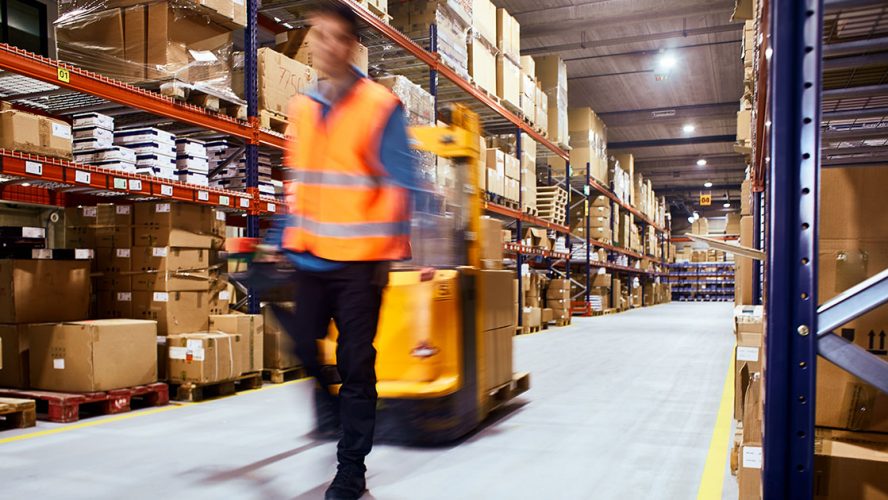Andrew Scuoler, Certified Professional Forecaster and editorial and marketing director at the Institute of Business Forecasting peers into the future of predictive analysis — and likes what he sees.

Andrew Scuoler
Certified Professional Forecaster and Editorial and Marketing Director, Institute of Business Forecasting
Where is technology having the biggest impact in the supply chain industry?
One of the biggest growth areas for artificial Intelligence (AI) over the next few years will undoubtedly be in the area of demand planning and business forecasting technology. Right now, demand applications account for just a third of the $2 billion-plus supply chain technology market. By 2025, global revenue from demand planning applications alone is estimated to generate over $8 billion! Predictive analytics and AI is exploding, and supply chain planning is a natural home for these technologies.
What does supply chain automation mean to you?
Automation plays a key role in performing repetitive tasks which can free up supply chain professionals to add value in different areas. When we combine automation with the insight gained from predictive analytics, the role of the supply chain planner is elevated from back room analyst to company-wide business partner who can make value-added recommendations that drive growth. With new technology, more data, and new techniques, we can augment current processes to enable planners to find more efficiencies and greater accuracy.
What are the biggest challenges facing the supply chain industry today?
The biggest challenge today is not technology but an organizational culture. Culture plays a central role in setting expectations about the extent to which data is democratized, how supply chain is viewed across the organization, and how predictive analytics is positioned among the company’s strategic assets. Top organizations recognize that the insights and recommendations that supply chain and demand planning hold can help them make stronger, more informed decisions that move the company in the right direction.
What role do you see technology playing in the supply chain field this year?
This year will see predictive analytics technology provide much-needed insight into consumer behavior which will position some companies relatively strongly amid Coronavirus and any subsequent recession. Those that don’t leverage this technology will struggle. Right now, you cannot forecast using your sales data because the assumptions underlying it are all wrong. As such, we need to use predictive analytics to understand what people are thinking and doing in response to particular events. People will realize that traditional time series forecasting doesn’t work in times like this, but cause-and-effect predictive analytics does. Adoption of this technology was happening anyway — Coronavirus is simply speeding up the process.
Where do you foresee challenges in the adoption of supply chain technologies? How can businesses avoid these obstacles during implementation?
One of the main reasons technology adoption and transformation does not succeed is it is much more than technical. It’s also procedural and cultural. It can change how thousands of employees do their jobs, make business decisions, and collaborate across the company. It is not just a thing that you can buy and plug into the organization. It is multi-faceted and diffuse, and it requires foundational investments in skills, projects, infrastructure, and, often, in cleaning up current systems. It requires mixing people, machines, and business processes, with all of the messiness that entails.
Where do you see businesses getting the most value out of predictive analytics in the next five years?
Those customer reviews and comments on websites, all of that social media data, metadata on consumers and macro data on markets — all of this is bound to be useful for something. There is an arms race to leverage this new data and use predictive analytics to glean better insights. The sheer volume and complexity of today’s data are challenging enough, but top organizations in the years to come will need to turn this data into useful insights more quickly to support faster and better decision making. This supports not only supply chains but marketing, finance, and top management as well. To this end, demand planning and predictive analytics will become the top priority and main investment for forward-thinking companies, and for companies as a whole over the next few years.

